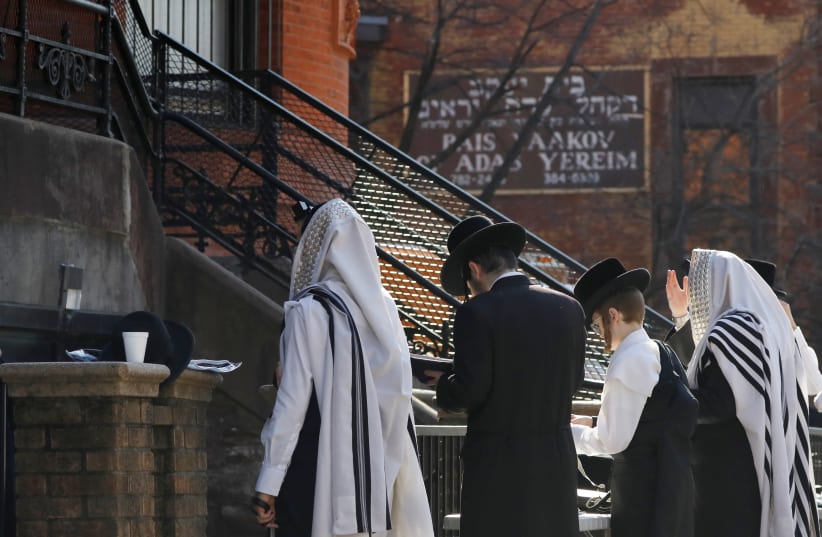Jewish life and practices across the UK were influenced significantly by the COVID-19 lockdowns, a new study by the Institute for Jewish Policy Research has discovered.
The research paper, entitled "Six takeaways about Jewish life under lockdown," was published in September 2022, and authored by David Graham and Jonathan Boyd.
Decrease in Synagogue attendance
The first way in which the pandemic and its lockdowns impacted the Jewish community was seen through a decreased number of people attending synagogue and prayer services. Even after the vaccines were made available and restrictions were lifted, many people have not returned to in-person prayer.
While in the months prior to the pandemic, 54% of respondents reported attending at least one synagogue prayer service in person, this number decreased to just 31%, with 25% attending an online service.
Despite the decrease in attendance at prayer services, the vaccines together with the lift of restrictions did increase the confidence of the respondents in the return of communal activities.
The second influence the research found was that orthodox Jews were impacted more by the switch to online services, as only 10% or less of orthodox respondents stated that they had access to live-streamed services on Shabbat, compared to 55% of Liberals and 50% of Reform.
This could be because orthdox Jews usually don't use electronics on Shabbat, meaning that they would be unable to log onto a live-streaming even if there was one available.
The study also found that many families and communities set aside the orthodox rules forbidding the use of technology on Shabbat and holidays due to the unique circumstances. For instance, Passover Seder night of 2020 coincided with lockdown, preventing people from celebrating together. This is when video technology introduced a new possibility of joining together virtually, however, it presented a religious question of whether it is allowed to use or not during the holiday.
The difference between Orthodox communities and the other Jewish communities
According to the research most Liberal, Reform and Masorti families embraced video technology. For Orthodox Jews, the situation was more complicated, as the more ultra-orthodox families mostly rejected the notion of video technology during the holiday (71%), and other orthodox groups also mostly rejected the use of video technology, but they did not do so in such a high percentage.
The research also found that online education was favored over online prayer services, as more people were likely to engage in online Jewish educational programs or lectures (42%) than in online Jewish prayer services (28%).
The study found that the attachment to the community increased among religious people and decreased among secular. 90% of religious Jews said that they feel attached to their local Jewish community on July 2021, a 4% rise from July 2020. however, only 29% of secular Jews said they feel attached to their local Jewish community on July 2021, a 3% decrease from July of 2020.

